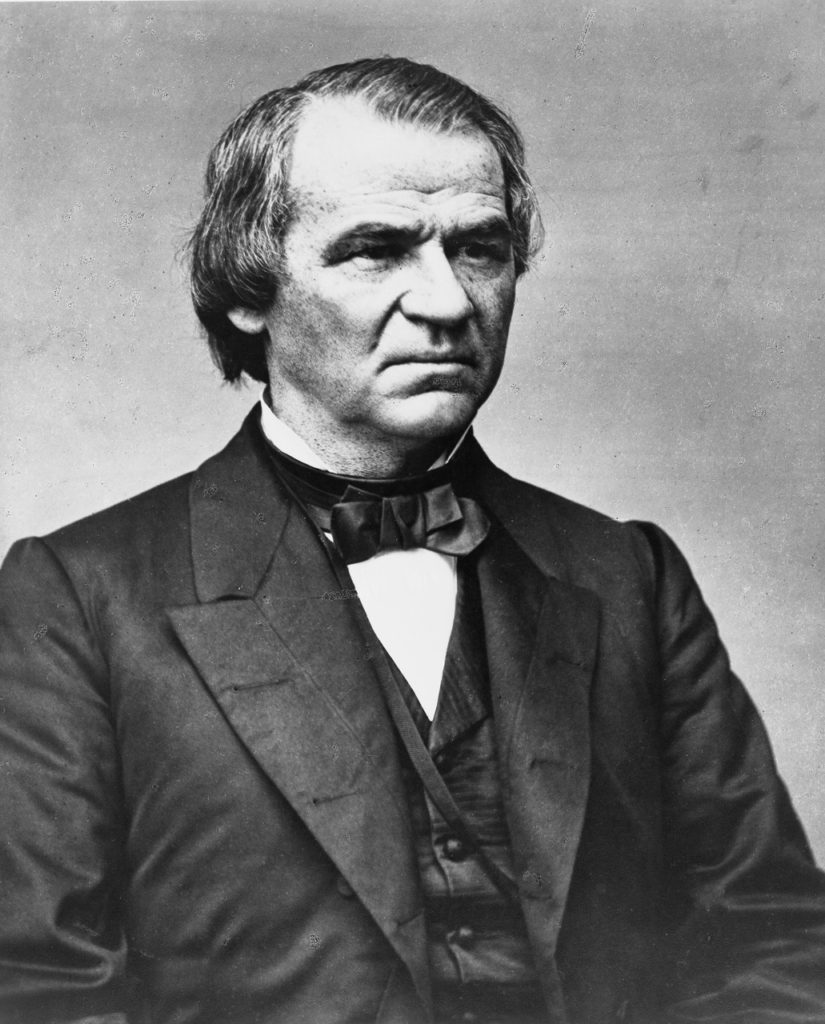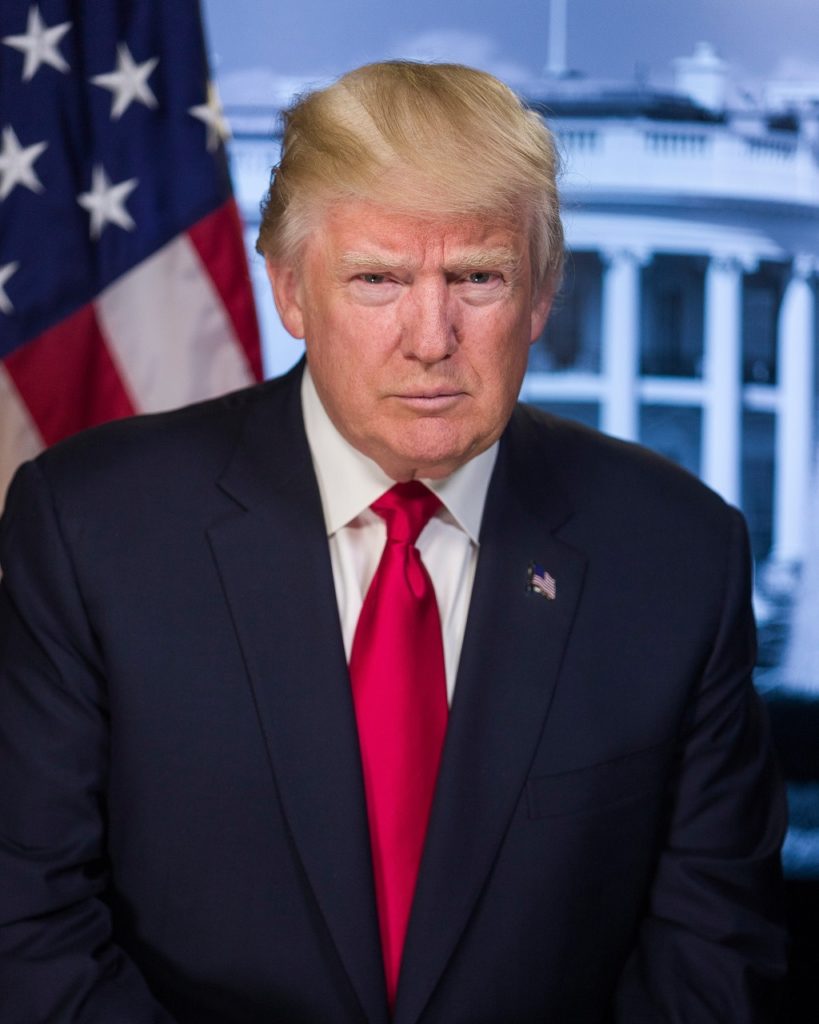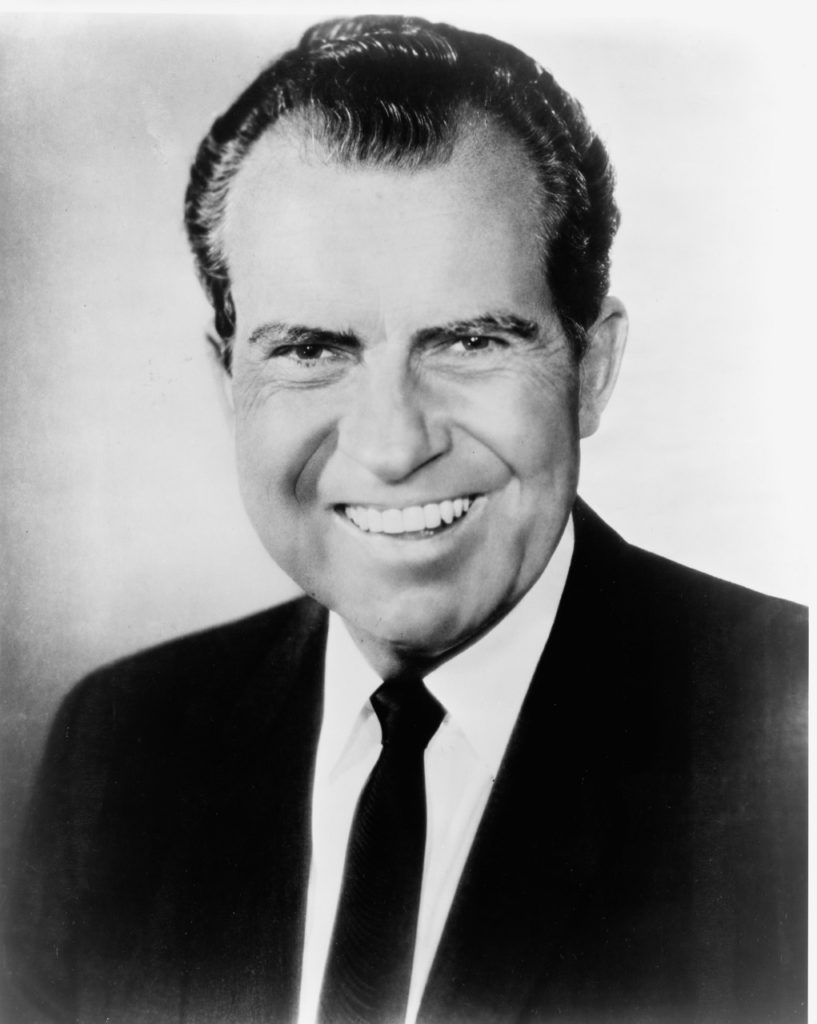The only legal way to remove a sitting President from office would be through impeachment. According to Article 1 § 2 of the US Constitution, the sole power to impeach a president rests on the House of Representatives.
So, what is impeachment, and what happens when a president is impeached? Here’s what you need to know about the impeachment process.
Impeachment Definition
This is the process of bringing formal charges against a sitting president. Article 2 § 4 provides the operative legal standards to apply to the impeachment of a president as – bribery, treason, or any other high crimes and misdemeanors.
There are varying opinions on how such charges should be interpreted. Here’s what happens when a president is impeached.
- The House Judiciary Committee carries out impeachment investigations into the President’s wrongdoing.
- Based on their findings, the Committee then drafts and votes on the articles of impeachment.
- Once approved, they are sent to the floor for the full House of Representatives to debate over them. The purpose of this is to make a clear case to the public on the grounds for the President’s impeachment.
- Once the House adopts the articles, it chooses a group of House managers to serve as the prosecutors in the impeachment trial proceedings at the Senate.
- As soon as the articles are presented to the Senate, the Constitution mandates that an impeachment trial should commence at 1 p.m. of the day they are received. The sessions have to continue daily from that point on until judgment.
- Once the trial concludes and both sides make their closing remarks, the Senate meets to deliberate in a closed session. At the end of it, the presiding officer calls for a vote of “guilty” or “not guilty.”
- If the President is found guilty of the charges against him, a mandatory punishment is imposed – removal from office. The Senate may also impose an additional punishment of disqualifying the disgraced president from holding any office of profit, honor, or trust in the United States.
How Many Presidents Have Been Impeached?
Only three US presidents have been impeached in the country’s history, albeit with one near-miss. None of them, however, were ever removed from office.
1. Andrew Johnson Impeachment
Following the assassination of Abraham Lincoln in 1865, his Vice President Andrew Johnson took over the reins as President. He was an outspoken anti-secessionist and strong advocate for white supremacy, who undermined the cause for racial equality.

Not only did he veto the civil rights legislation on several occasions, but he also gave a presidential pardon to hundreds of former Confederate leaders. As if that wasn’t enough, he even went a step further to lobby for the murder of his political foes.
The impeachment clauses brought against him in 1868 centered on the rather weak (and now repealed) charge of violating the “tenure of office” law when he removed Edwin Stanton – his then secretary of war from office.
Edwin played an instrumental role in opposing race-motivated attacks on the right to vote for former slaves. The Senate acquitted Johnson in the impeachment trial, thus allowing him to remain in office for the rest of his term.
2. Clinton Impeachment
The 1998 impeachment of President Bill Clinton was linked to the highly publicized affair he had with Monica Lewinsky – a White House intern at the time the scandal broke.
In a separate sexual harassment suit against Clinton brought by Paula Jones – a former Arkansas state employee, the President denied, both in a video interview and a sworn deposition, ever having had any sexual relationship with Lewinsky.

However, in a report presented to Congress by Kenneth Starr – an independent counsel, Clinton’s affair was documented in lurid detail.
The House of Representatives approved two articles of impeachment against him: One for obstruction of justice, and the other for perjury. The additional proposed articles on perjury and abuse of power were shot down. The then Republican-led Senate acquitted Clinton on both counts.
3. Trump Impeachment
On December 18, 2018, the House of Representatives, whose majority is predominantly Democrats, voted on two articles to impeach Trump – obstruction of a congressional investigation into his conduct and abuse of office.
It all began when an anonymous whistleblower wrote a letter expressing concern over a phone conversation Trump had had with the president of Ukraine, Volodymyr Zelensky.

Excerpts from the transcript later revealed that President Trump urged the Ukrainian president to “look into” Joe Biden, the former US Vice President and Democratic presidential frontrunner in the upcoming 2020 elections.
This phone call happened shortly after Trump blocked the release of aid to Ukraine, with the President making it clear that its release was contingent on the investigation of Joe Biden. Trump then went a step further to instruct his administration to refuse to testify and to defy subpoenas.
The White House also refused to furnish congressional investigators with the documents they requested, effectively stonewalling the impeachment inquiry. That’s where the obstruction of Congress charge came from. The Senate acquitted him of all the impeachment charges that had been leveled against him.
Nixon Impeachment – the Near-Miss
In November 1972, Richard Nixon secured a landslide victory in his presidential re-election results, with the largest-ever margin in the history of any US presidential election.
Little did he know that a burglary at the Democratic Party offices at the Watergate Hotel Complex five months earlier would set in motion a chain of events that would lead to the premature demise of his tenure in office.

Investigations into the incident uncovered a series of dirty campaign tactics employed by Nixon against his political opponents. All of which were funded by a secret slush fund orchestrated by the president himself.
He then went on to fire two top officials in the justice department for their refusal to fire Archibald Cox. Cox, who was the special prosecutor at the time, was the one that brought to light the dirty dealings that took place to secure Nixon’s victory in the just-concluded presidential election.
In July 1974, a third of the members of the House Judiciary Committee, alongside Democrats, approved three articles of impeachment against Nixon – contempt of Congress, abuse of power, and obstruction of justice.
And, once tapes of secret recordings of his conversations in the Oval Office surfaced, his fate was sealed. Nixon resigned one month later, following pressure from his fellow Republicans before the House could vote on his impeachment. So, his case was indeed a near-miss.
Impeachment Does Not Equate to Removal From Office
Most people associate the term “impeachment” with removal from office. As you’ve seen from this article, this isn’t the case.
Impeachment is simply another term for “bringing formal charges against.” So, while a President can be impeached, he can only be removed from office if at least two-thirds of the Senate votes to convict him.
If you have any more questions, don’t hesitate to chat online with a Laws101.com attorney to give you legal guidance on your specific issue.
